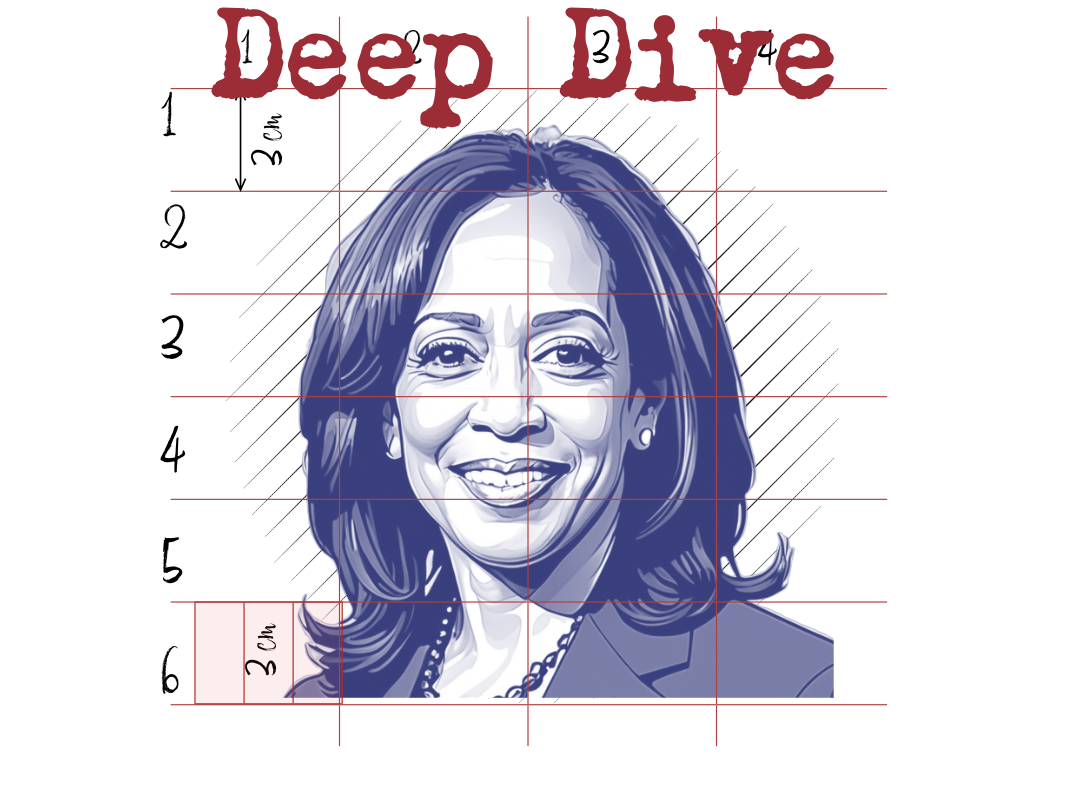Deep Dive Based on Established Methodology
1. Contextual Framework
Event Context
The 1992 Democratic National Convention took place at a time when the United States was experiencing a sluggish economy, rising unemployment, and voter frustration with the status quo under President George H.W. Bush. This frustration was palpable and created a fertile ground for Clinton’s message of “change.” Clinton’s goal in this speech was to position himself as the leader who could restore America’s economy and morale. His focus on the “forgotten middle class” highlighted this context, as he repeatedly referenced their struggles to make ends meet, contrasting them with the wealthy beneficiaries of Republican policies.
Speaker’s Profile
Clinton was then a 46-year-old governor from Arkansas, with a relatable background as someone from a modest upbringing in the small town of Hope, Arkansas. Unlike previous Democratic nominees, Clinton framed himself as a “New Democrat” who embraced some conservative values like fiscal responsibility and welfare reform but held progressive views on social issues and equal opportunity. This background influenced his moderate stance and appeal to a broader audience, including disillusioned Republicans and independents. Clinton’s story of overcoming personal challenges was woven into the speech to strengthen his relatability and credibility with the audience.
Audience Consideration
The audience included not only loyal Democrats but also swing voters, independents, and moderate Republicans. To engage this broad coalition, Clinton used inclusive language and aimed to bridge partisan divides. His speech appealed to diverse groups by addressing the issues facing various demographics, such as working families, single parents, and marginalized communities. The line “Every family matters” reflected this inclusivity, speaking to both traditional family structures and nontraditional ones, emphasizing that his vision encompassed all Americans.
Setting and Timing
The end of the Cold War marked a significant shift in global politics, and Clinton used this timing to propose a new vision for America. He declared that while America had “won the Cold War abroad,” it was “losing the battle for economic opportunity and social justice” at home. This juxtaposition emphasized that while America’s global standing remained strong, its domestic policy required urgent reform to rebuild the American Dream.
2. Speech Structure Analysis
Opening
Clinton’s opening set a warm, approachable tone by mixing humor with humility. For instance, he joked about Al Gore “always wanting to do the warm-up for Elvis,” and then followed up with a self-deprecating comment on his prior attempt to speak at a convention. This approach served two purposes: it humanized him, making him appear relatable and grounded, and it helped defuse any initial tension, making the audience more receptive to his message of change.
Core Message
The core message of Clinton’s speech revolved around a “New Covenant” that would restore the American Dream through economic reform and social justice. He used phrases like “putting people first” to center his speech on the needs of everyday Americans. By highlighting middle-class struggles with statements like “People are working harder than ever, spending less time with their children… and their incomes are still going down,” Clinton framed himself as the candidate who understood and was ready to address the challenges faced by ordinary Americans.
Rhetorical Strategies
Ethos (Credibility): Clinton used personal stories about his mother’s struggles as a single parent and his grandfather’s sense of fairness as a store owner to build his ethos. He said, “I learned from him to look up to people other folks looked down on,” highlighting his roots in values like equality and hard work. By portraying himself as someone shaped by strong moral influences, Clinton built credibility as a leader committed to fairness and opportunity for all.
Pathos (Emotional Appeal): Clinton tapped into the emotional core of the American electorate by discussing issues like health care, family values, and the hope for a better future. His line, “Let it be our cause to see that every child grows up strong and secure,” spoke to parents’ deepest hopes, creating a strong emotional connection.
Logos (Logical Argumentation): Clinton backed his message with logical criticisms of the Bush administration, citing specific shortcomings, such as “promised 15 million new jobs… over 14 million short,” which underscored Bush’s failure to address economic issues. Clinton’s proposed policies, like balancing the budget while reducing waste in government, presented a clear, logical alternative.
Kairos (Timeliness): The call for change was tied to the pressing economic struggles facing Americans in 1992. Clinton capitalized on this moment by framing his New Covenant as the timely response to the country’s needs, asserting, “It’s time for a change in America.”
Conclusion and Call to Action
Clinton’s closing was both idealistic and empowering. He invoked his birthplace, Hope, Arkansas, to symbolize the broader hope he had for America. By repeating “Let it be our cause,” Clinton encouraged the audience to adopt his vision as their own, creating a sense of unity and collective purpose. His rallying call, “Join us, work with us, win with us,” was both a call to action and a direct appeal for support.
3. Language and Delivery Techniques
Tone and Style
Clinton’s tone was a carefully balanced mix of passion, empathy, and resolve. His language was formal yet accessible, and he avoided overly complex terms, ensuring that his message could resonate with a wide audience. His use of emotional undertones was particularly evident in phrases like “I still believe in a place called Hope,” which carried both literal and metaphorical significance, symbolizing his personal story and his vision for America.
Word Choice
Clinton repeatedly used inclusive phrases like “our families,” “our communities,” and “we can do better” to create a sense of shared experience. He avoided polarizing language and instead focused on values that transcended party lines, like “responsibility” and “opportunity.” By describing the issues as “our” problems and the solutions as “our” goals, he fostered a collaborative spirit.
Body Language
While the text of the speech does not provide details on body language, Clinton’s delivery in this period was known for its intensity and authenticity. His use of hand gestures likely emphasized key points, while his direct eye contact with the audience conveyed sincerity. His movements and facial expressions would have underscored his emotional connection to the themes he discussed.
Pauses and Emphasis
Clinton used deliberate pauses to allow emotionally charged statements to resonate. For example, his pause after “There is no them; there’s only us” gave weight to this declaration of unity. He also slowed his pacing during key phrases like “our New Covenant” to emphasize the significance of this idea.
4. Opposition Framing
Addressing Opponents
Clinton targeted Bush’s policies rather than Bush personally, referring to the administration’s broken promises and economic mismanagement. He used lines like, “George Bush talks a good game. But he has no game plan to rebuild America,” to critique the Republican approach without resorting to personal attacks. By framing his criticism around specific policies, Clinton maintained a constructive tone that focused on solutions rather than conflict.
Reframing the Opposition
Clinton presented the Democrats as the party that understood the American people’s struggles, contrasting it with the Republicans, whom he portrayed as out of touch with working families. By reframing the Democrats as advocates for the middle class and economic fairness, he positioned his party as the true representatives of American values.
Group Identity
Clinton portrayed his “in-group” as all Americans who believed in hard work and shared values, while subtly suggesting that the Bush administration’s policies catered only to the wealthy elite. His statement, “Let it be our cause that every family matters,” was a direct appeal to create a broader, more inclusive American identity.
5. Emotional and Psychological Appeal
Appeal to Shared Values
The speech tapped into universal values like equality, hard work, and family, which Clinton used to connect with a wide spectrum of voters. His line, “Putting people first,” captured this idea, creating a shared vision that emphasized individual dignity and community.
Creating a Sense of Urgency
Clinton conveyed urgency by discussing pressing issues like unemployment and health care costs. His statement, “It’s time to put people first,” was repeated as a rallying cry, creating a sense of momentum that reinforced the need for immediate action.
Unity vs. Division
Clinton’s use of phrases like “There is no them; there’s only us” directly challenged the divisive language of his opponents. He called for Americans to come together, emphasizing inclusivity and common purpose over factionalism, making unity a central part of his appeal.
6. Rhetorical Techniques and Persuasion
Repetition and Key Phrases
Key phrases like “putting people first” and “New Covenant” were repeated strategically throughout the speech to reinforce Clinton’s central themes. The phrase “Let it be our cause” served as a powerful refrain, each repetition deepening the audience’s connection to his message.
Metaphors and Imagery
Clinton’s reference to a “New Covenant” was a metaphor for a new social contract, signifying his commitment to reforming the government’s relationship with its citizens. His story of his birthplace, Hope, Arkansas, created a vivid image that tied his personal journey to his vision for the country.
Anecdotes and Stories
Stories about his mother’s sacrifices and his grandfather’s generosity illustrated Clinton’s values in a relatable way. These personal narratives grounded his political ideals in real-life experiences, making abstract ideas like “community” and “opportunity” more concrete and emotionally resonant.
Rhetorical Questions
Questions like “Why should I trust you?” that Clinton attributed to a skeptical young man demonstrated Clinton’s willingness to address doubt head-on. This rhetorical question also made the audience consider their own reasons for supporting him, thereby engaging them in his vision.
7. Audience Engagement
Direct Address
Clinton frequently used “you” and “we,” which made the audience feel directly involved in his vision. This approach helped create an intimate and inclusive atmosphere, making his message feel personal to each listener.
Audience Reaction
While there isn’t specific audience feedback available, Clinton’s speech likely generated applause during key moments, such as calls for unity and appeals to family values. His pauses and pacing would have been adjusted based on the crowd’s energy, enhancing the speech’s dynamic flow.
Inclusivity vs. Exclusivity
By emphasizing collective values and using inclusive language, Clinton strove to build a broad coalition. He refrained from divisive rhetoric, portraying his platform as one that transcended traditional party boundaries to include all Americans.
8. Ethical and Impact Assessment
Ethical Considerations
Clinton maintained a respectful tone and avoided manipulative language. His criticisms of the Bush administration were based on policy, not personal attacks, demonstrating a level of ethical restraint. While he did emphasize his own achievements, he balanced this with an acknowledgment that he didn’t “have all the answers,” which added authenticity.
Effectiveness
Clinton’s speech effectively mobilized support, not only energizing the Democratic base but also appealing to independents and moderates. His blend of personal narrative, policy proposals, and rhetorical strategies made his message resonate widely, setting the stage for his election victory. The themes of unity and “a place called Hope” left a lasting impact, marking this speech as a defining moment in his political career.
Conclusion
In conclusion, Bill Clinton’s 1992 Democratic National Convention speech was highly effective in achieving its primary goals: presenting him as a relatable and credible candidate, energizing the Democratic base, and appealing to a broader coalition of Americans. Through a masterful blend of personal storytelling, clear policy proposals, and emotionally charged appeals, Clinton built a vision of a “New Covenant” that positioned him as a transformative leader ready to guide the country out of economic hardship and social division.
A key observation is Clinton’s skillful use of rhetorical strategies—ethos, pathos, logos, and kairos—that underscored his understanding of the American middle class’s struggles and needs. His personal anecdotes, such as those about his mother’s sacrifices and his grandfather’s generosity, humanized him and helped establish his moral character. By invoking shared values like hard work, family, and opportunity, he crafted a unifying message that resonated with the audience’s aspirations and frustrations alike. His refrain of “Let it be our cause” served as a powerful call to collective action, fostering a sense of unity and shared purpose.
Another standout aspect was Clinton’s ability to contrast his vision with that of the incumbent administration without resorting to personal attacks. Instead, he used data, humor, and common-sense language to critique the economic and social policies of the time, offering a constructive and hopeful alternative. His inclusive language further expanded his appeal across diverse voter segments, helping him frame the Democrats as the party of unity and change.
Ultimately, Clinton’s speech succeeded in projecting both a clear plan for America’s future and an authentic commitment to the needs of everyday Americans. His emphasis on unity, responsibility, and community, reinforced by the symbolic image of “Hope,” solidified his appeal as a leader who could bridge divides and inspire positive change. The effectiveness of this speech was reflected in the enthusiastic response from the audience and its enduring impact as one of the defining moments of Clinton’s political career.
All Rights Reserved | Vesselina Davenport | 2024








